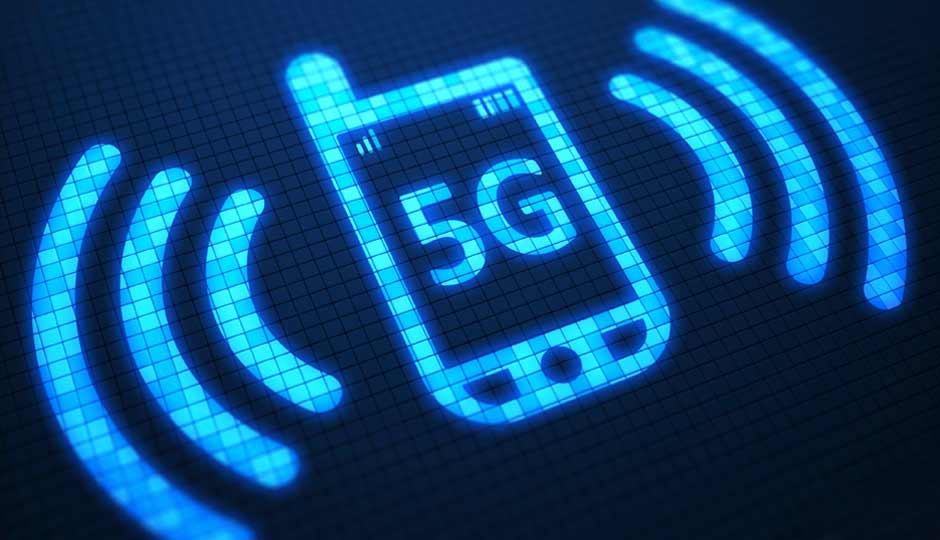
DoT Secretary Aruna Sundarajan recently was quoted as saying that India’s aspiration to take a leading role in 5G and Internet of Things (IoT) will ride on its ability to build core networks for new-age technologies and an enabling industry ecosystem.

She also stated that the next-generation technologies like IoT (Internet of Things) were critical and the government’s endeavor is to provide an ‘enabling’ policy for growth of the industry and not to impose a ‘heavy regulatory framework’.
Sundarajan also said that technologies like IoT were set to change the way machines and humans communicate and added that it would usher in new capabilities and services both internationally and domestically.
“We need to have core network and communications ecosystem that will facilitate 5G and IoT. We also need to get the rest of the ecosystem ready for the paradigm change,” the Department of Telecom (DoT) secretary said.
Sector’s including healthcare, agriculture, consumer retail, smart energy and transport will have to innovate and evolve and rethink their business models to match them and sync them with these technologies, she said is a statement.
She also stated that India wanted to be known world over as not just a consumer, but also a leader in 5G and IoT. According to Sundarajan, communication networks were going to be the first pillar of India’s 5G play.
In the areas of agriculture, healthcare, industrial automation, retail and others, Indian companies and startups have already initiated working on IoT applications. Sundarajan urged the players to come together as an ecosystem to push India’s transition into 5G.
According to Sundarajan, the Telecom department has already initiated measures in the field of machine to machine communication, including issuing draft M2M service provider registration guidelines in 2016 and in finalizing the roadmap for 13-digit M2M numbering system.
She said that DoT will consult key industry players to keep the framework in these areas open for innovation.







